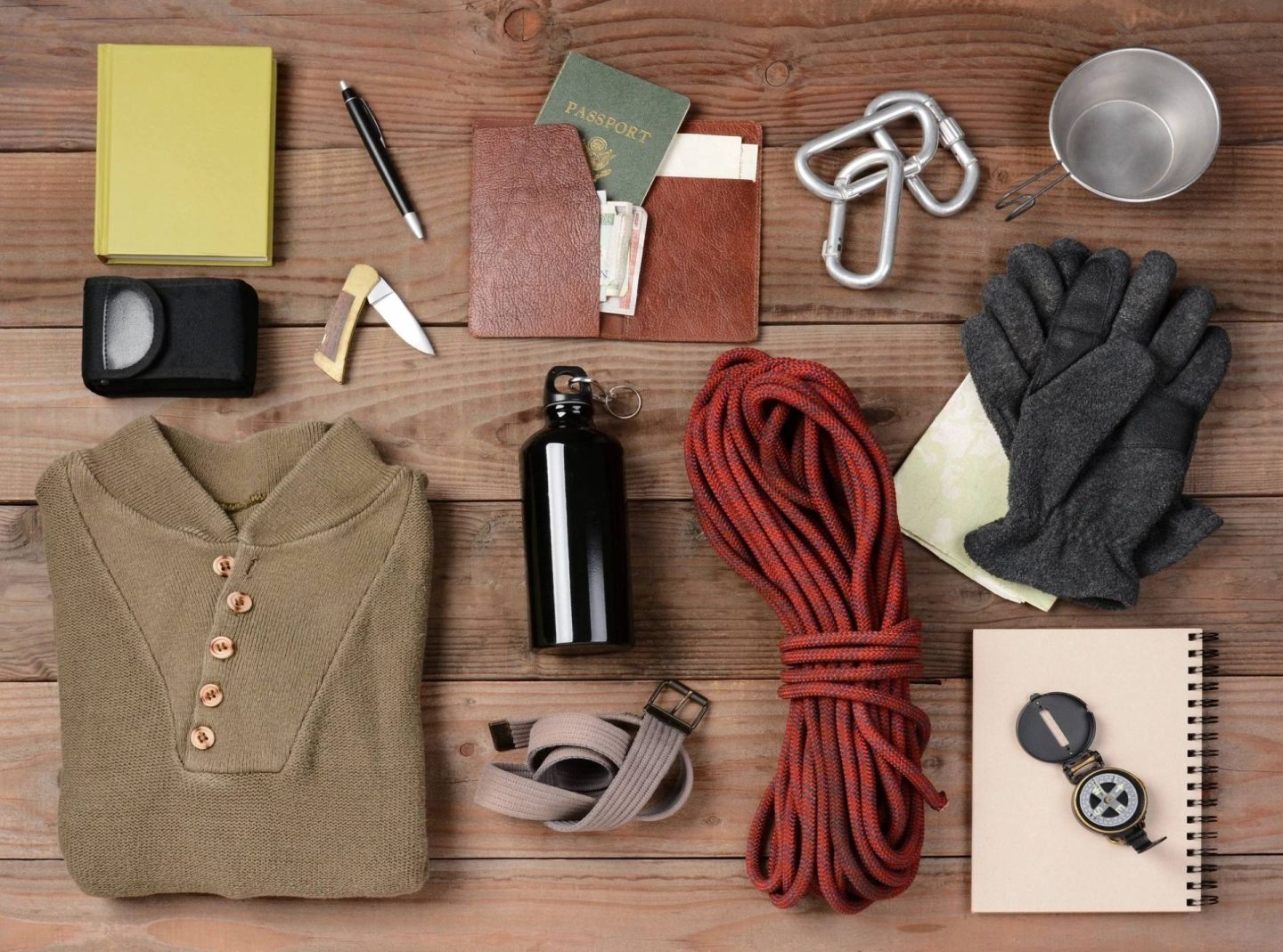*Collab
Getting hands-on with geography lessons is one of the best ways for A-Level students to truly engage with and grasp the material. Taking students out of the classroom and into the great outdoors on a backpacking trip is a brilliant opportunity to provide an active learning experience while also building teamwork skills and seeing the curriculum come to life. However, planning such an involved field trip for A-Level Geography classes does require thorough preparation and consideration of key factors for it to be a fruitful educational adventure.

This article will provide helpful guidance for teachers looking to plan educational, curriculum-supported backpacking trips with tips on choosing destinations, packing appropriately, budgeting, and executing lessons on the trail.
Selecting Meaningful Destinations That Tie to Course Content
One of the most important planning considerations for A level geography trips is choosing a destination that clearly connects back to topics and environments covered in the A Level material. For example, selecting trails in a region with diverse topography like the Scottish Highlands would allow for lessons on geographical formations, changes in climate/biomes, and orienteering skills. Similarly, coastal routes could examine ecosystems, waves and tides, as well as human impact. Evaluate the trip location not just for interest and adventure, but for clear, tangible educational opportunities that support classroom instruction.
Developing Interesting Yet Manageable Lesson Plans for the Trail
The curriculum-supported lessons that students complete while backpacking should be thoughtfully designed. The activities should be engaging and hands-on while achievable out in the elements. For example, nature mapping tasks prompt students to closely observe their surroundings and document specifics like plant species and topography. Geocache exercises emphasise orienteering skills. Gathering water samples lets groups analyse pH levels and riparian zone health. Build in discussions, experiments, documentation, team building challenges and more that utilise the unique setting to enrich lessons. Just ensure rigorous activities are balanced with time for reflection, breaks, team collaboration, and appreciation of the natural beauty.
Appropriate Gear List for Multi-Day Outdoor Travel
Being well-prepared with proper outdoor gear and camping equipment truly enhances the experience and sets students up for success when backpacking. Provide detailed packing lists that include essentials like quality tents, sleeping bags, navigation tools, first aid kits, mobile devices, sun protection, nutritious trail food, and weatherproof/insulated clothing. Divide communal gear across groups to prevent overpacking any one student. Emphasise the importance of durable, supportive footwear as well to handle miles on the trail. Allowing students to be actively involved in preparations builds ownership, independence and readiness to handle the demands of backcountry travel.
Budgeting for Costs and Transportation
As with any major school trip, finances and transportation must be determined when coordinating a multi-day backpacking lesson for A Level geography pupils. Estimate all costs including campsite fees, permits, gear rentals or purchases, fuel, food expenses and more, then set student contribution expectations accordingly. Seek approval for use of school minibuses if available or look into group travel options ranging from hire cars to coaches. Begin fundraising initiatives as early as possible, while setting clear deadlines for students to contribute their portion of funds in instalments so costs are covered prior to embarking on the educational Geography adventure.
With thoughtful selection of adventurous yet relevant destinations, intentionally designed lessons unique to the natural environments, appropriate preparations, and clear budgets plus logistics, A Level Geography teachers can facilitate incredible extracurricular learning on extended backpacking trips.
